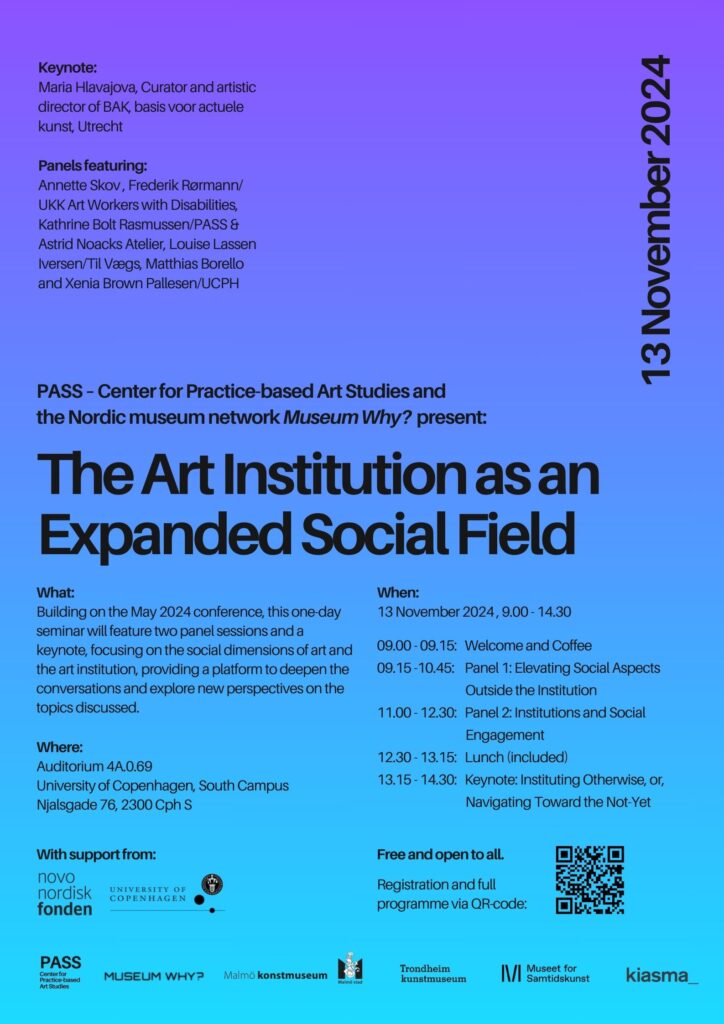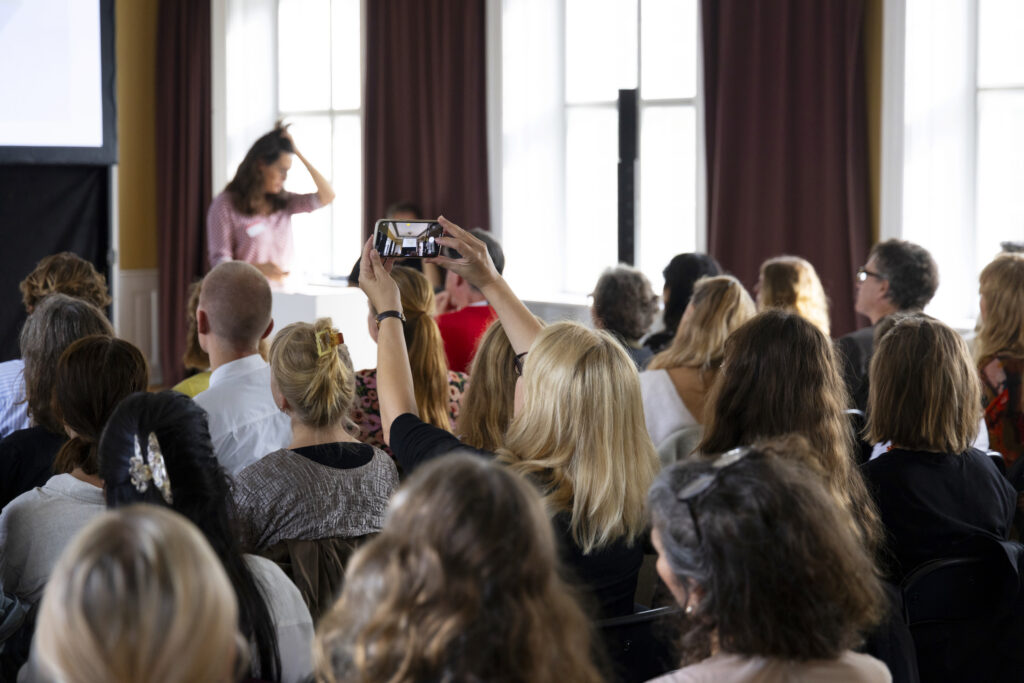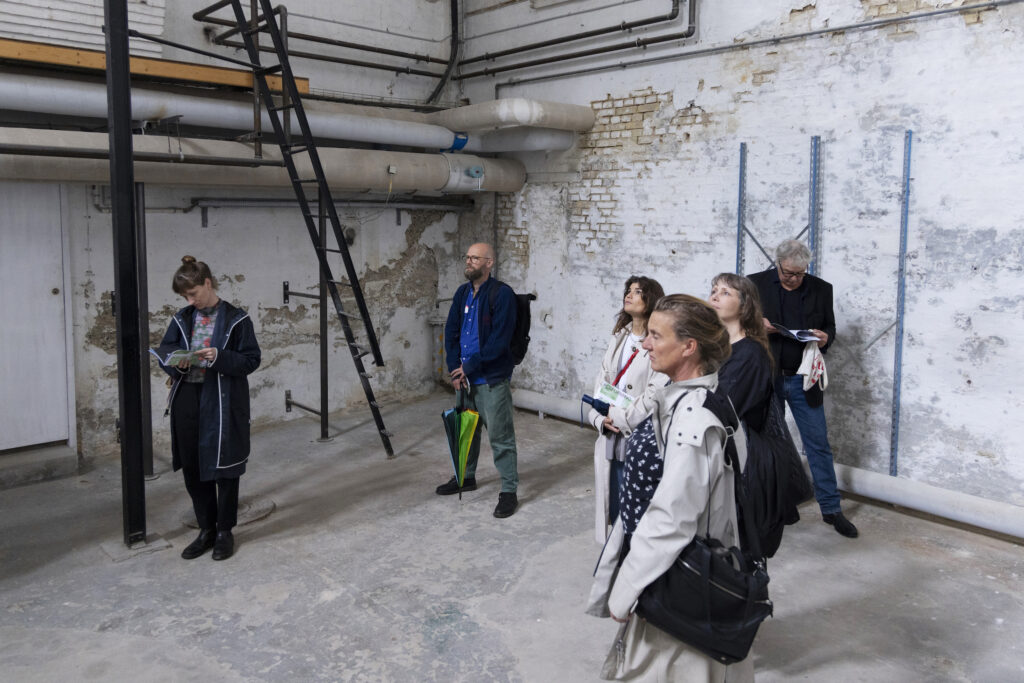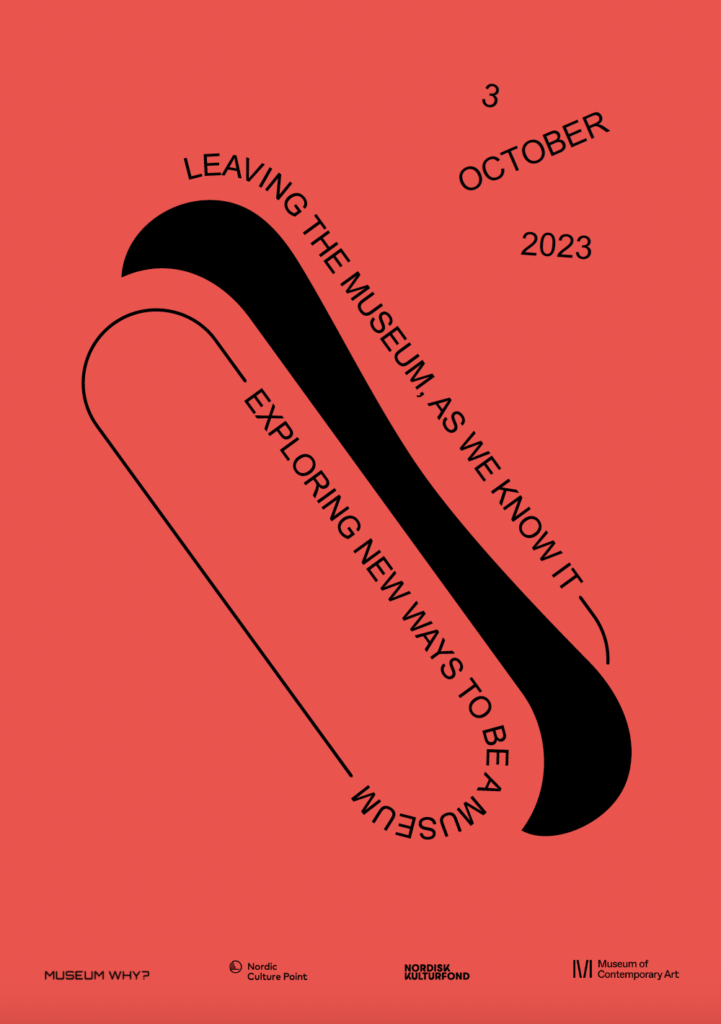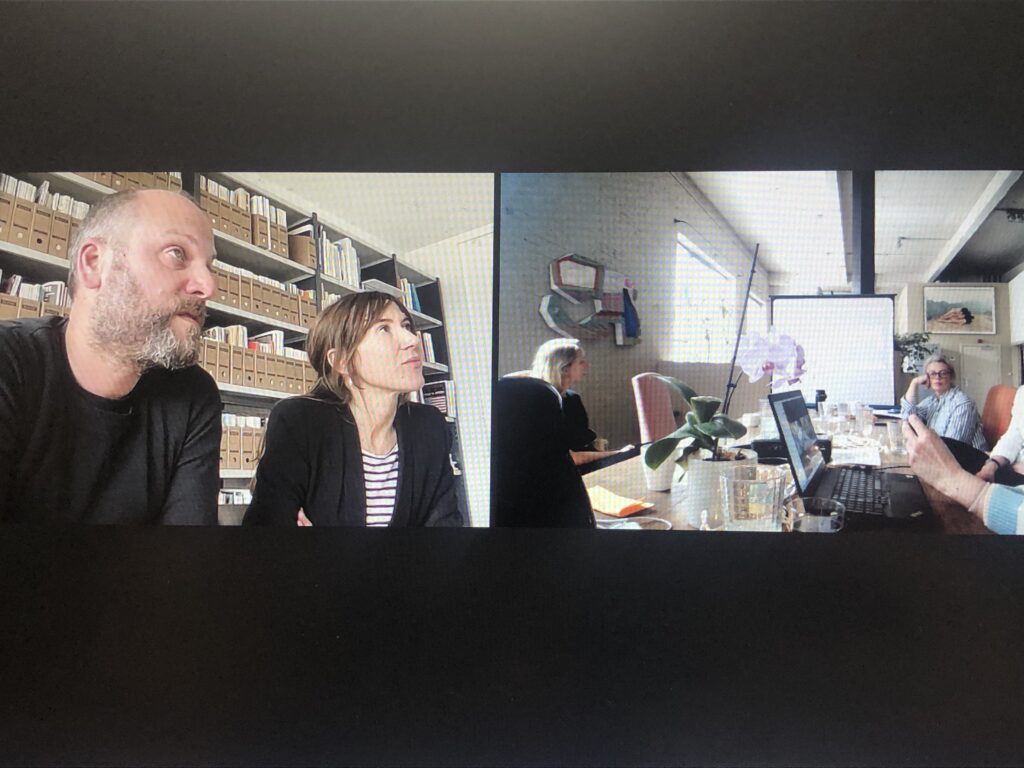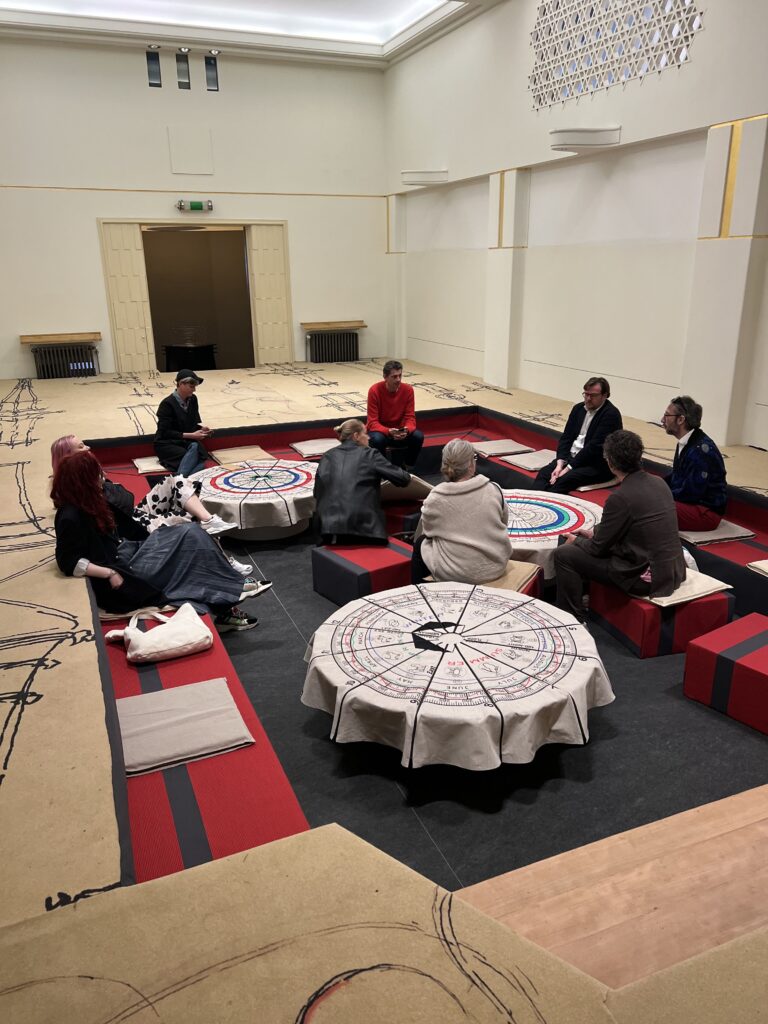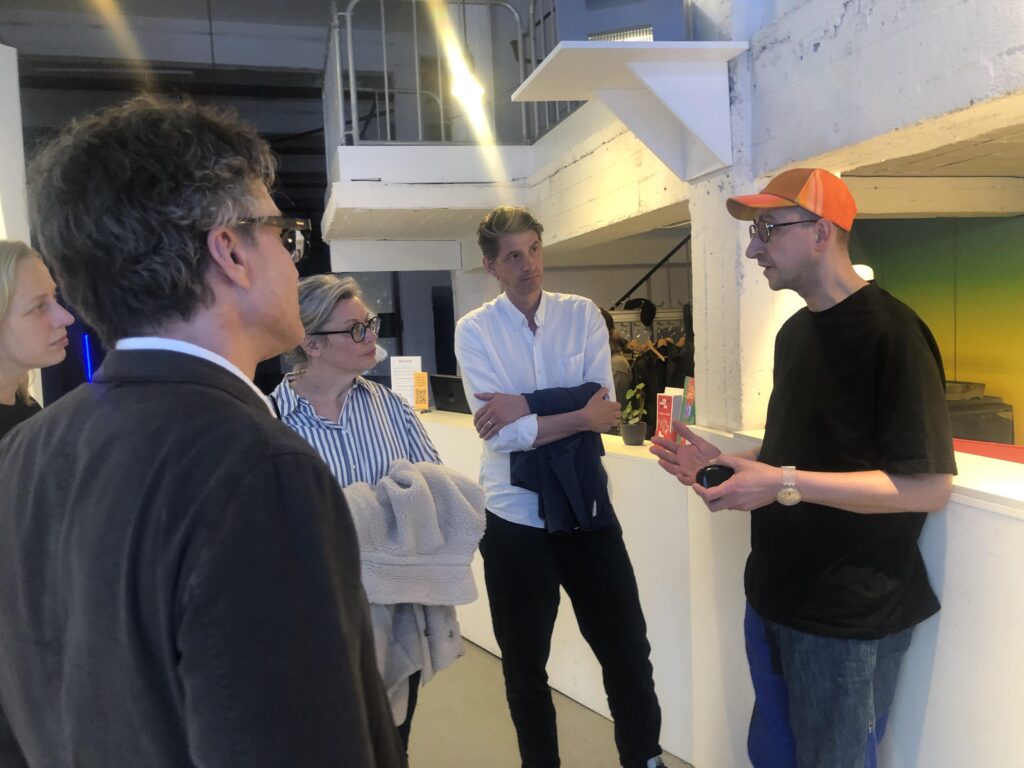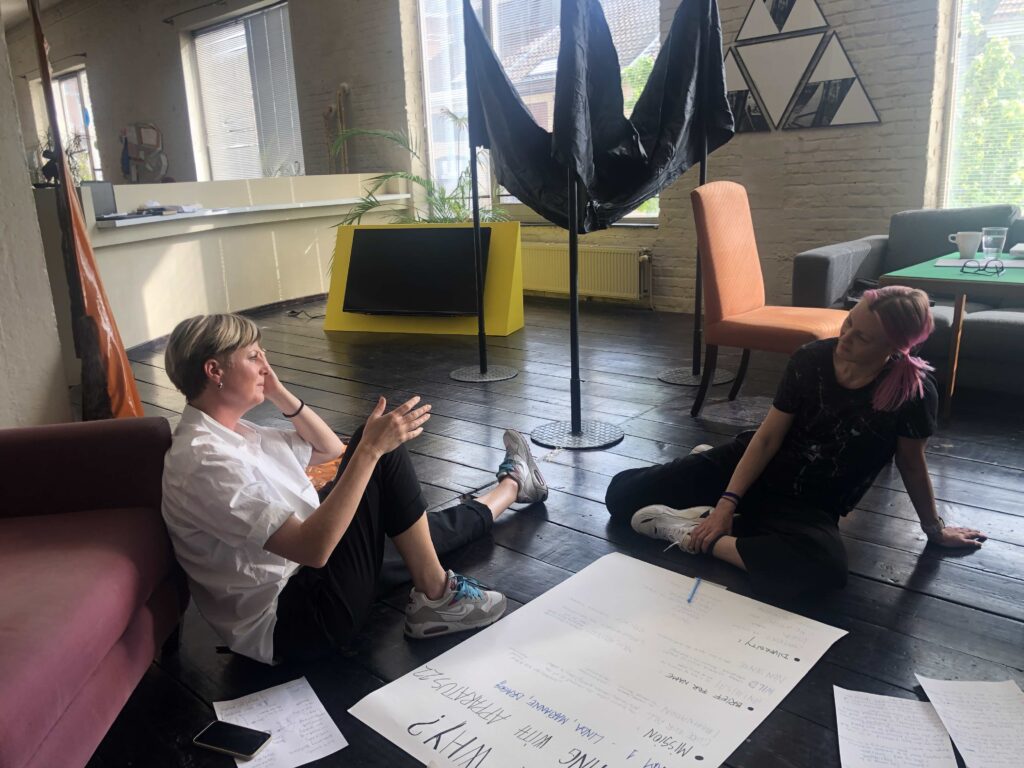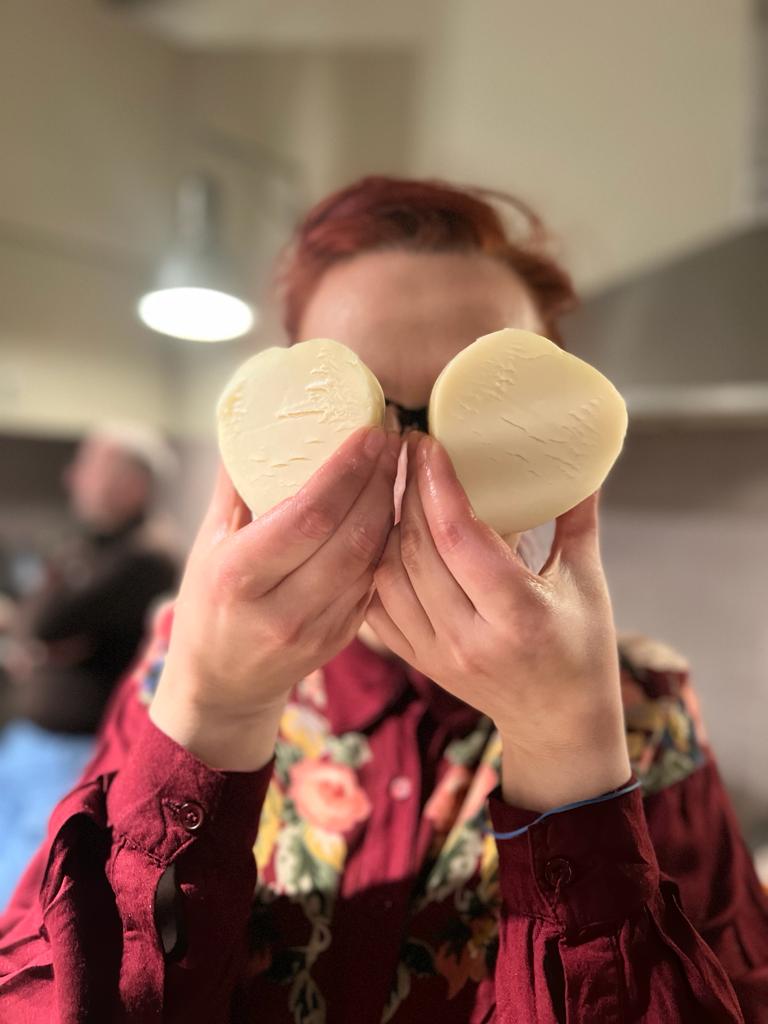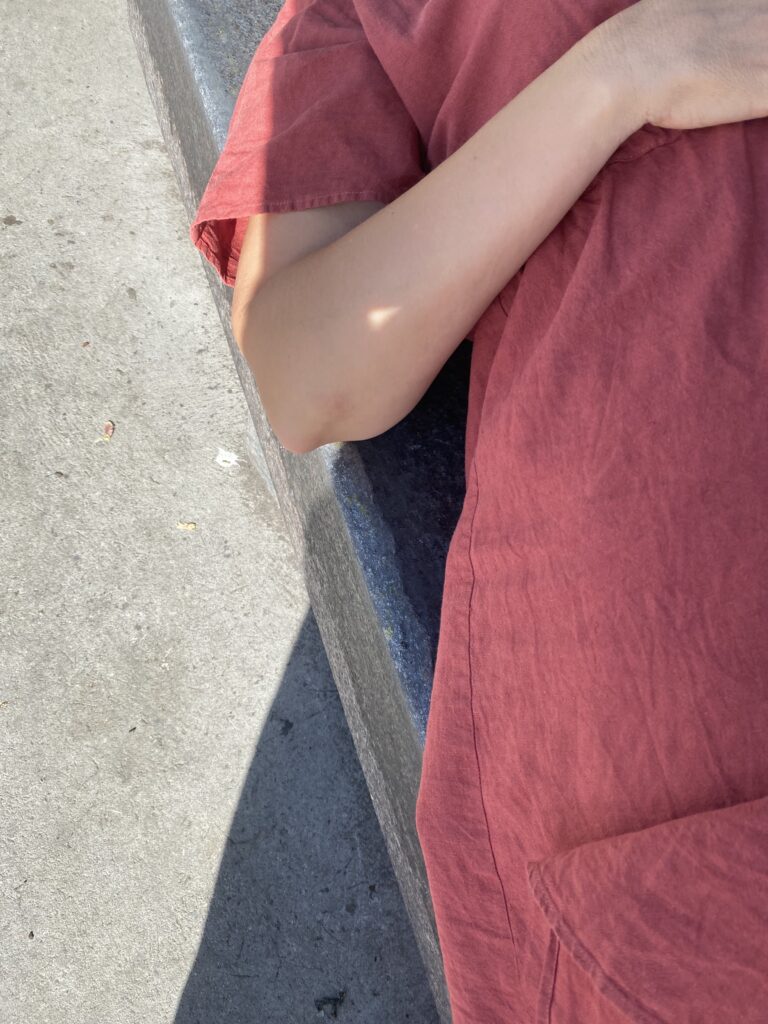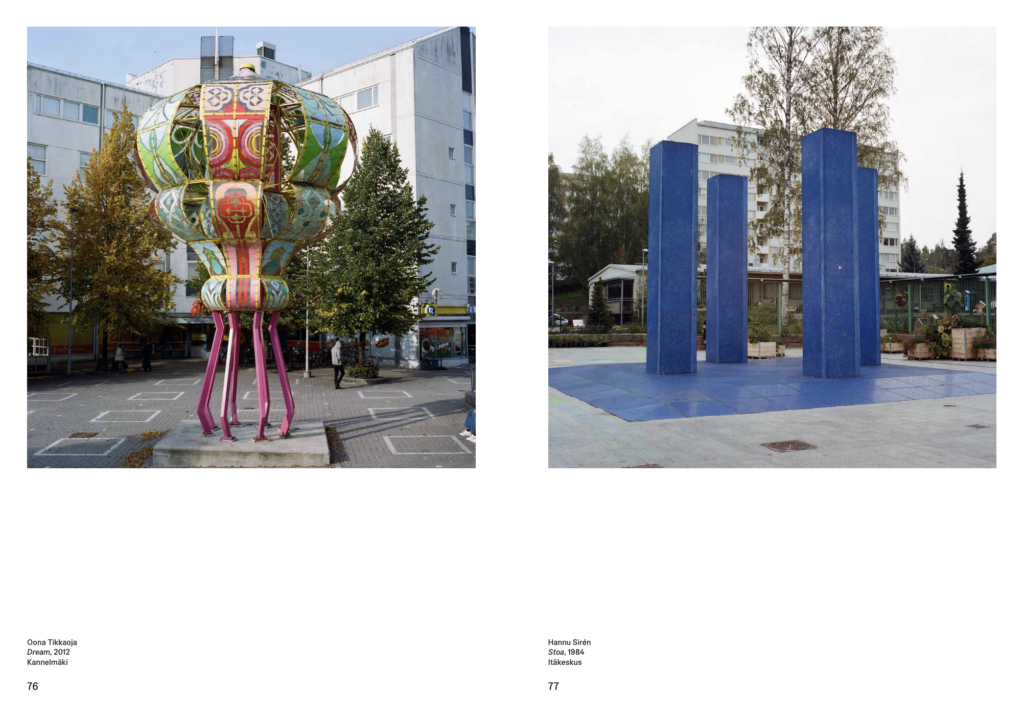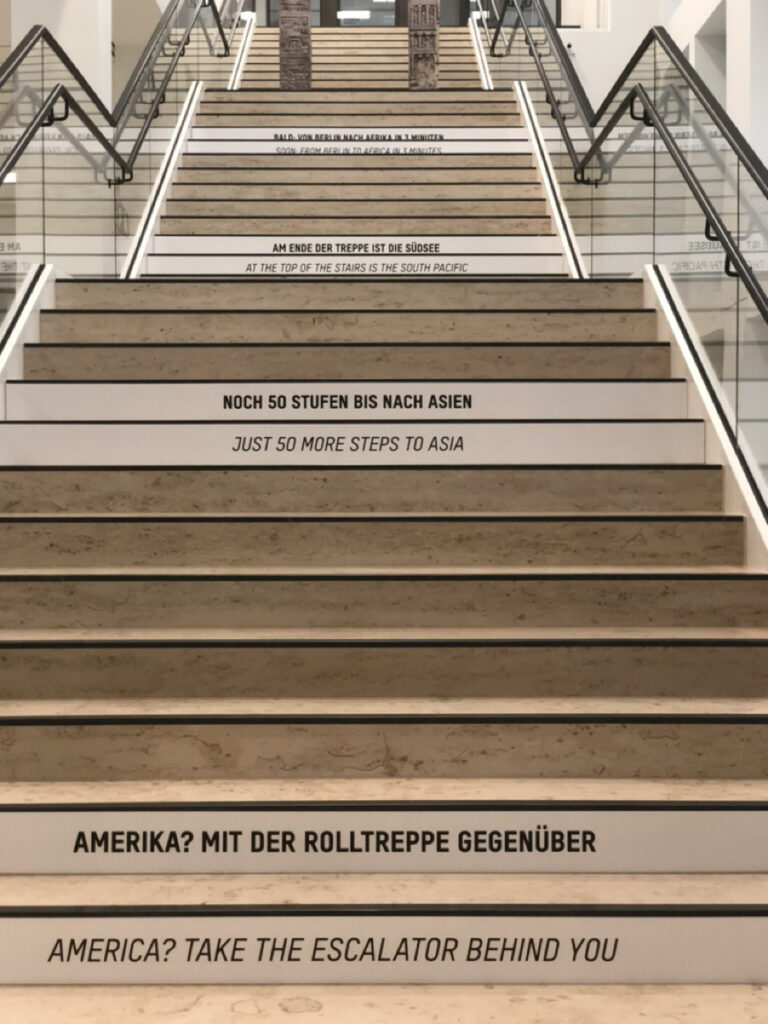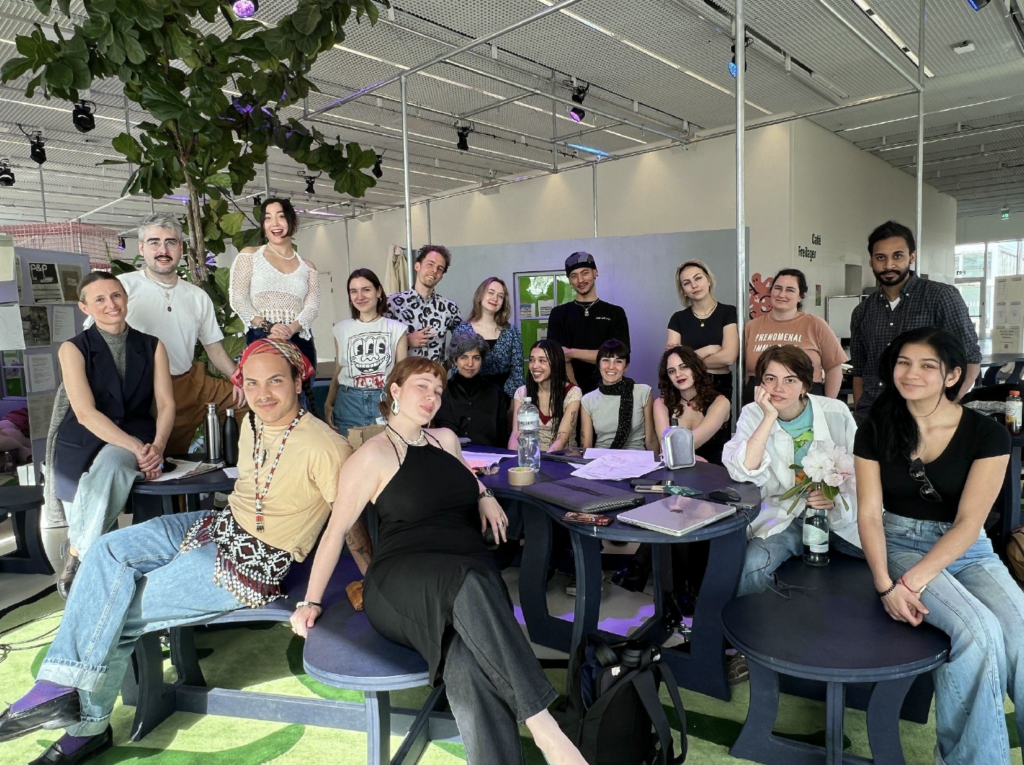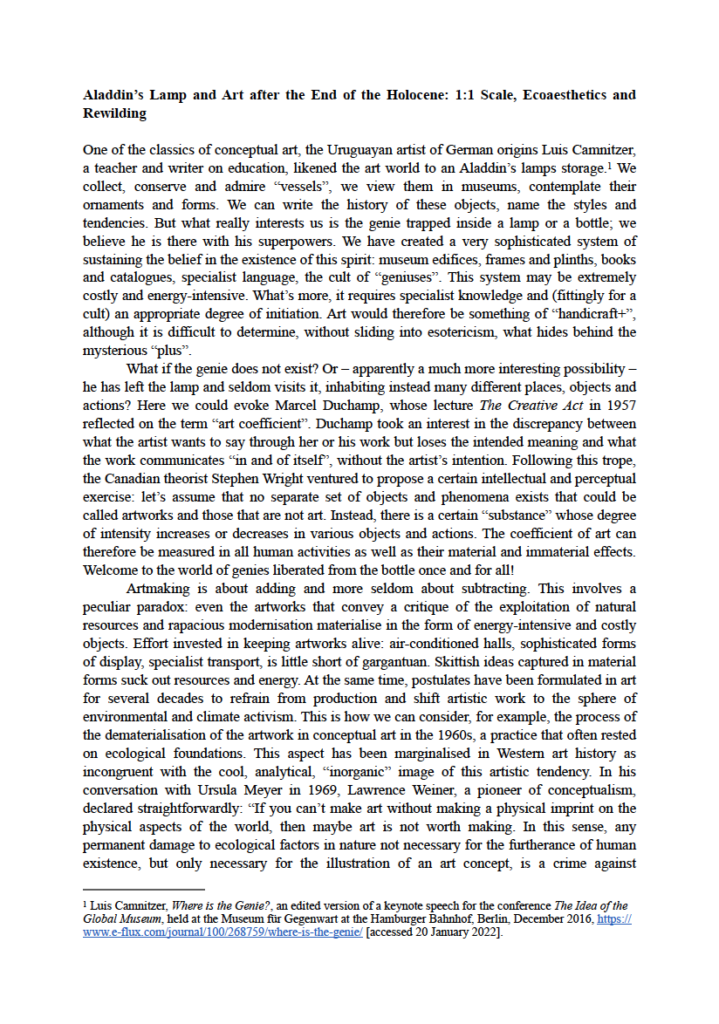EAT THE RICH – A SEMINAR ON CAPITALISM, POWER, AND THE ROLE OF THE ART INSTITUTION
SEMINAR AT MALMÖ ART MUSEUM 3 SEPTEMBER 2022
Welcome to a performative seminar on capitalism, power, and the role of art institutions. The program offers lectures and performances with artists, creators and researchers.
How has capitalism contributed to issues of otherness, structural exploitation, and global inequality? And how are these matters carried forward by the art institutions through generic commodification, neglected power relations, and anti-diversity?
Inspired by the themes from the Robin Hood mythos, the seminar Eat the Rich will focus on power relations in a multifaceted conversation on anti-capitalist ideas. Artists and other creatives will accompany researchers in a programme of intermingling lectures, and performances—aiming to make the seminar a creatively choreographed and engaging production.
PROGRAMME
Front Stage (open to the public)
11.00 – 11.15: Welcome
11.15 – 12.00: Franziska Hoppe (DK), screening of Physcics Envy & Portrætter (Portraits), performance
12.00 – 12.20: Rana Dasgupta (IN/UK), dramatic reading by Özlem Sağlanmak (DK)
12.20 – 13.05: Whose Museum (SE), performance
13.05 – 13.35: Mette Riise (SE/DK), How to build an artist brand, the museum edition, artistic lecture
Break – 13.35 – 14.30: Refreshments and performance by Francis Patrick Brady (UK/SE)
14.30 – 15.00: Tabita Rezaire (FR), screening of SORRY FOR REAL
15.00 – 15.30: Hanni Kamaly (NO), performative lecture
15.30 -16.00: Floating Museum (US), performative conversation
16.00 – 16.30 Drinks and thank you w. Apparatus 22 (RO)
LOCATION:
Malmö Konstmuseum, Skovgaardsalen
The one-day seminar is free of charge, spoken language is English and registration is required. Please find the registration link here.
The seminar Eat the Rich is made in the framework of Museum Why?—a Nordic learning network consisting of a group of Nordic art museums. In recent years, art museums in the Nordic region have increasingly oriented their practices toward more socially sustainable notions of relevance, inclusion, and democratic participation. This welcome development poses a number of challenges to rethink the core functions and values of museums.
The seminar’s title “Eat the Rich” references to a political slogan associated with class conflict and anti-capitalism. The phrase is attributed to Jean-Jacques Rousseau whose political philosophy influenced the progress of the Enlightenment throughout Europe, as well as aspects of the French Revolution and the development of modern political, economic, and educational thought.
